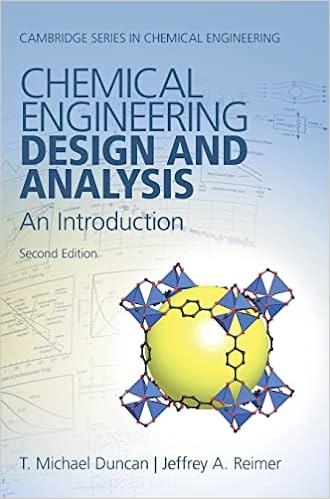Answered step by step
Verified Expert Solution
Question
1 Approved Answer
For the reaction A(g)+B(g)C(g)+D(g) the equilibrium constant K is defined as K=yAyByCyD where y is the molar fraction of the gas phase of a species.


Step by Step Solution
There are 3 Steps involved in it
Step: 1

Get Instant Access to Expert-Tailored Solutions
See step-by-step solutions with expert insights and AI powered tools for academic success
Step: 2

Step: 3

Ace Your Homework with AI
Get the answers you need in no time with our AI-driven, step-by-step assistance
Get Started


